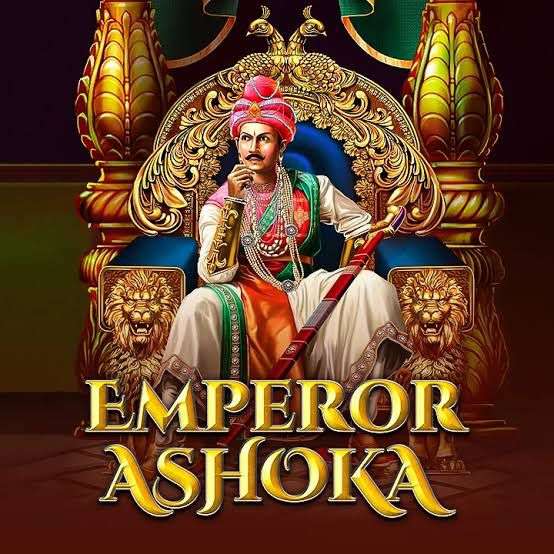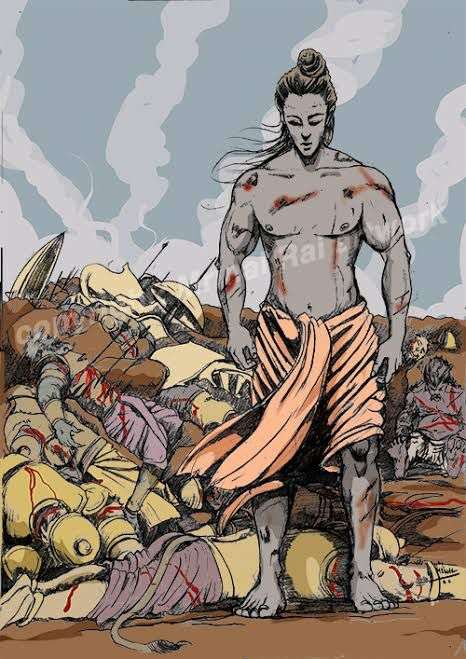The Story of Emperor Ashoka and the Kalinga War

Emperor Ashoka, who ruled the Maurya Empire from around 268 BCE to 232 BCE, initially ascended to the throne as a fierce and ambitious conqueror. He expanded his empire through military campaigns, and one of the most significant of these campaigns was the Kalinga War, fought against the kingdom of Kalinga (modern-day Odisha) around 261 BCE.

The Kalinga War was a brutal and devastating conflict. It resulted in a massive loss of life and immense suffering, leading Ashoka to personally witness the horrific consequences of war. He was deeply moved by the human suffering and the destruction caused by his military conquests.

Ashoka’s transformation is a central part of this story. After the Kalinga War, he experienced a profound change of heart. He renounced violence and embraced Buddhism as a path to peace and moral living. He adopted the principles of non-violence (ahimsa), religious tolerance, and compassion, which became the pillars of his rule.

Emperor Ashoka went on to implement policies aimed at the welfare of his subjects, including building hospitals, constructing roads and rest houses, and promoting the spread of Buddhism. He is famous for his rock and pillar edicts, which were inscribed on stone pillars and rocks throughout his empire, spreading his message of dharma (righteousness) and moral governance.
The story of Emperor Ashoka’s transformation from a conqueror to a promoter of peace and moral values serves as a powerful historical example of the consequences of war and the potential for personal growth and positive change. It is often cited in UPSC exams and discussions on ethics, governance, and leadership.
Tags:
Best teachers in every subject.
Let’s get started
We can teach you anything
